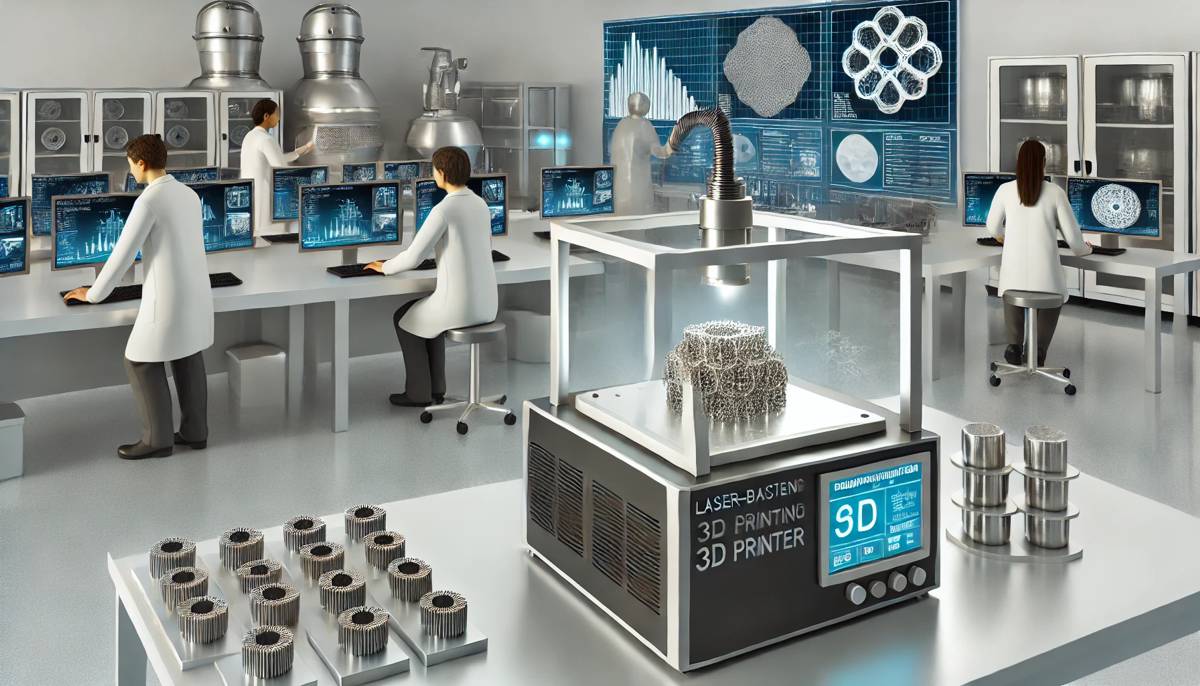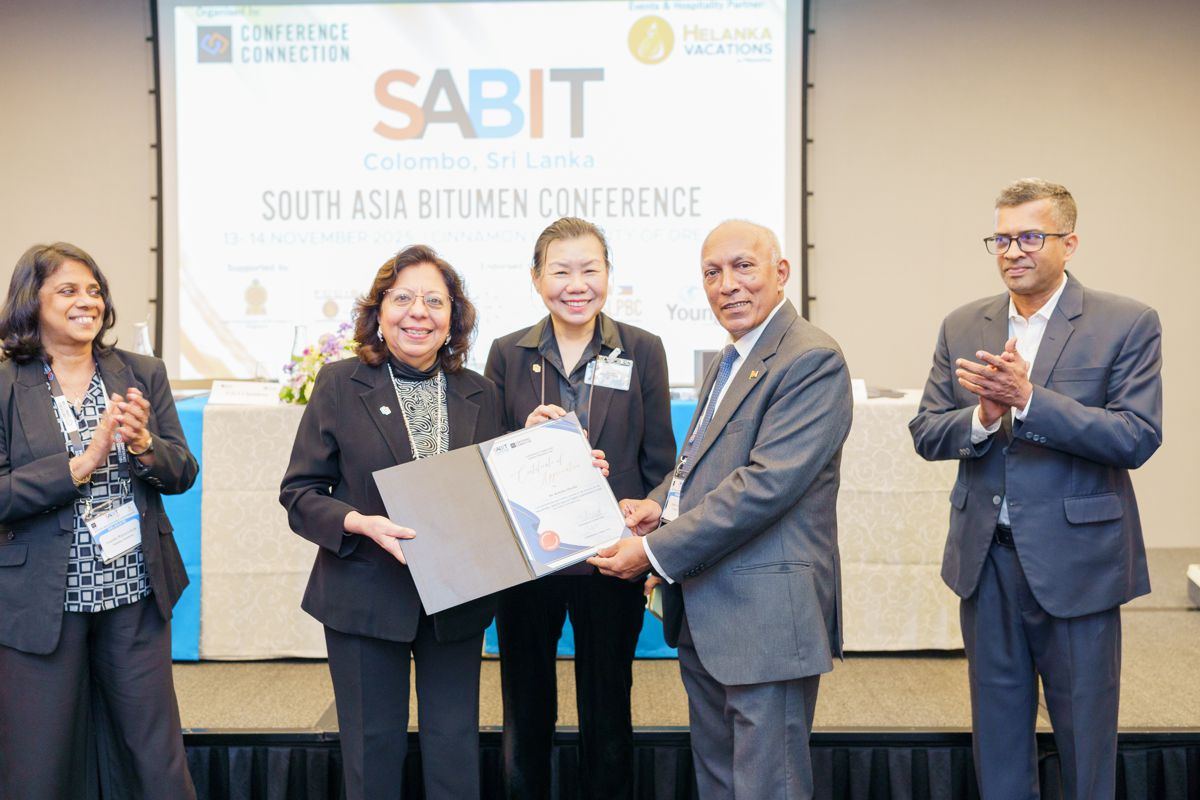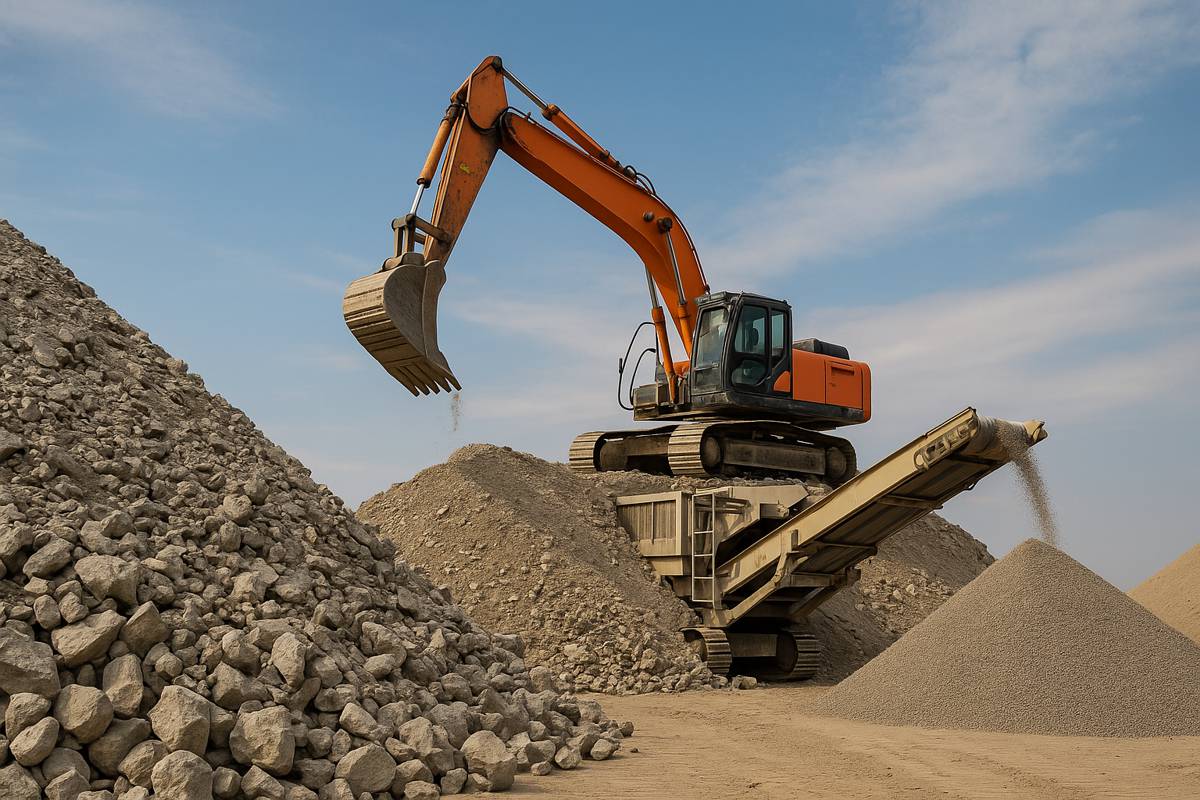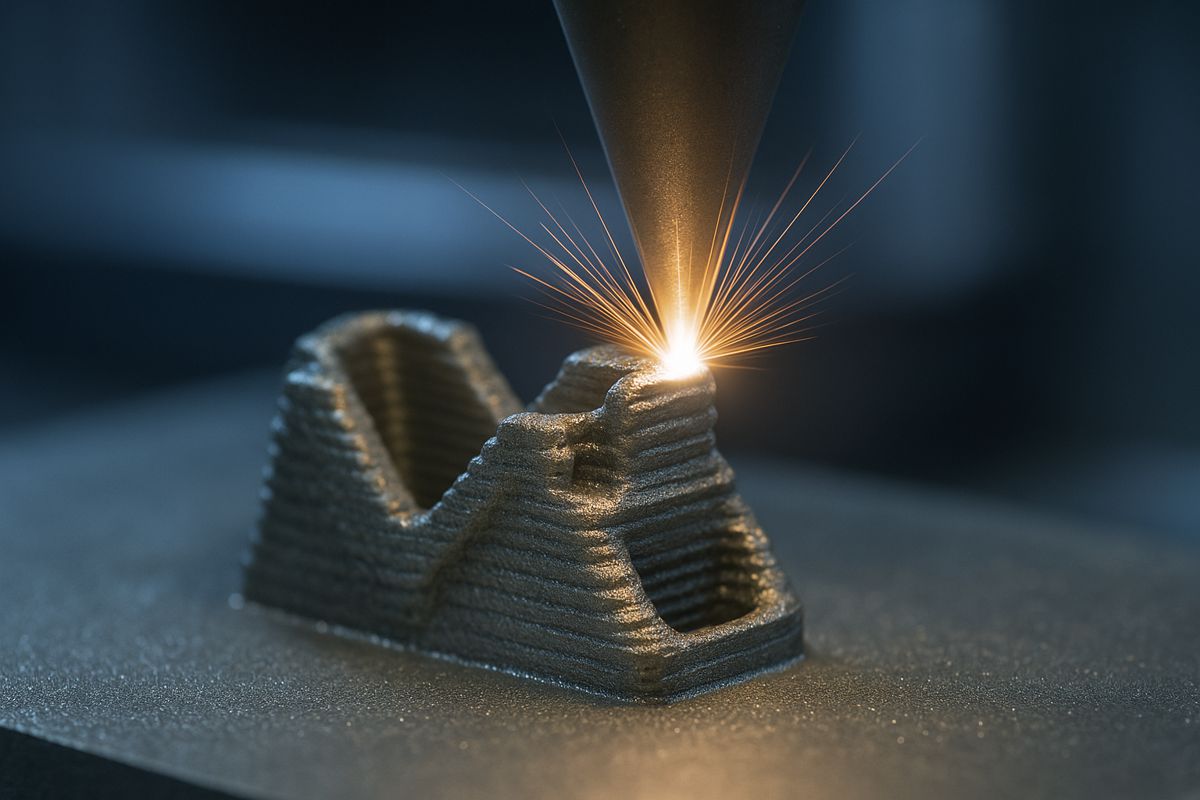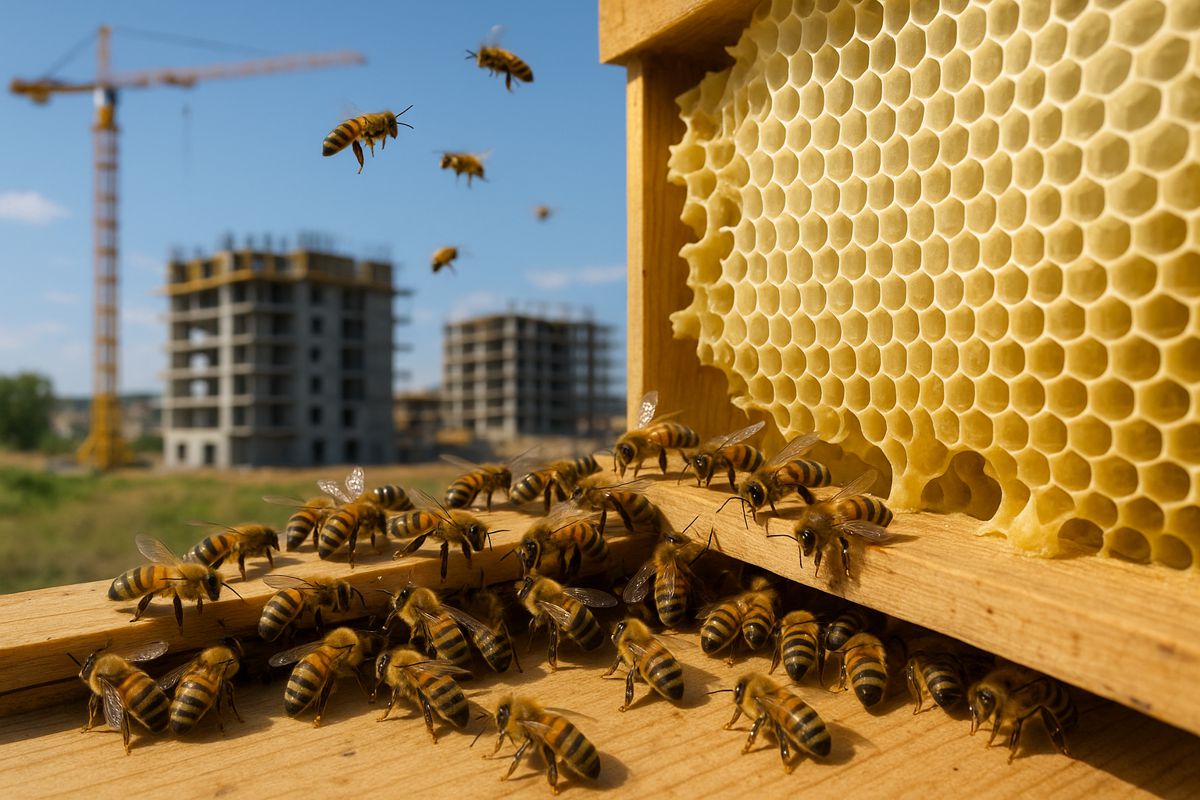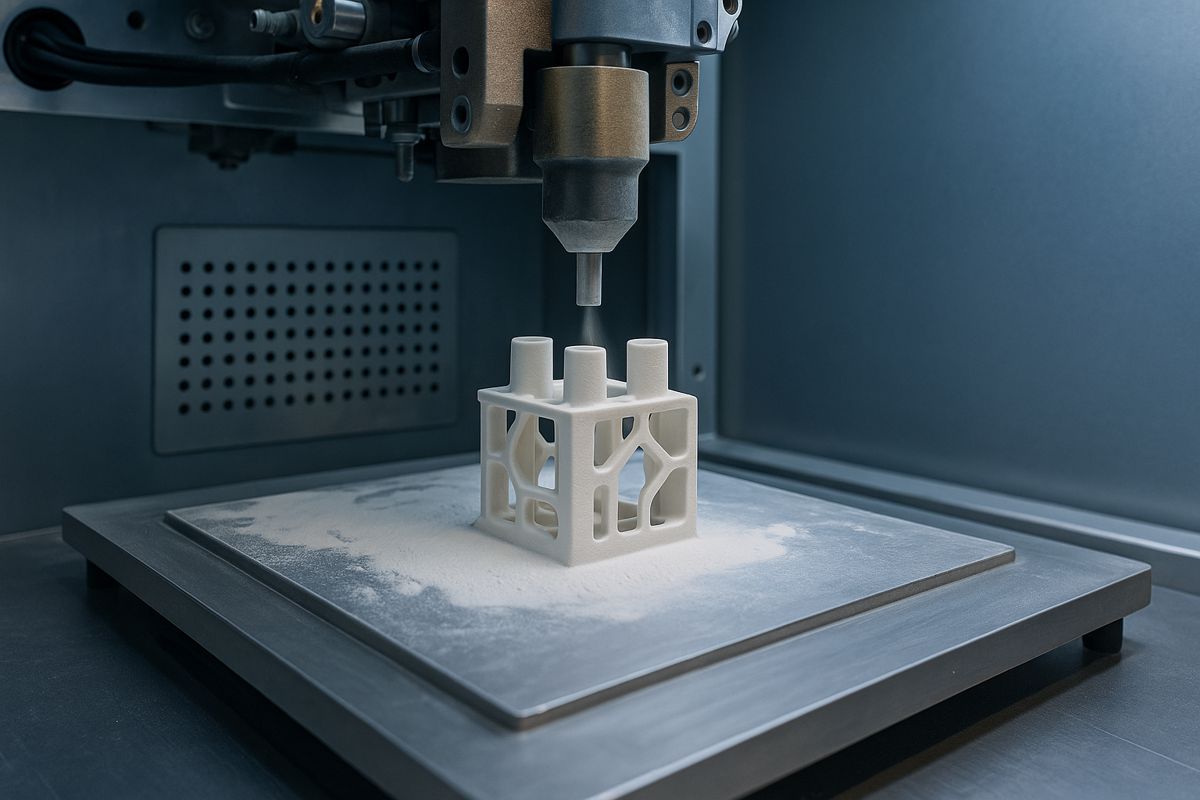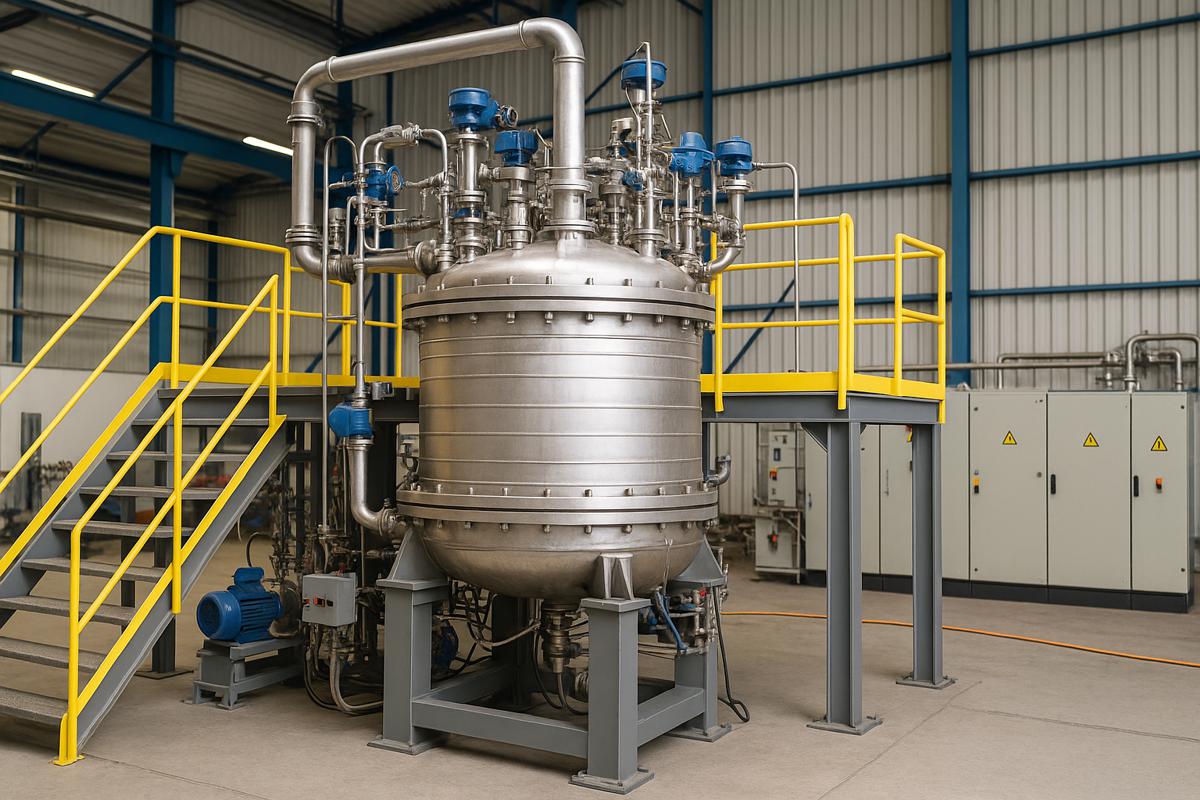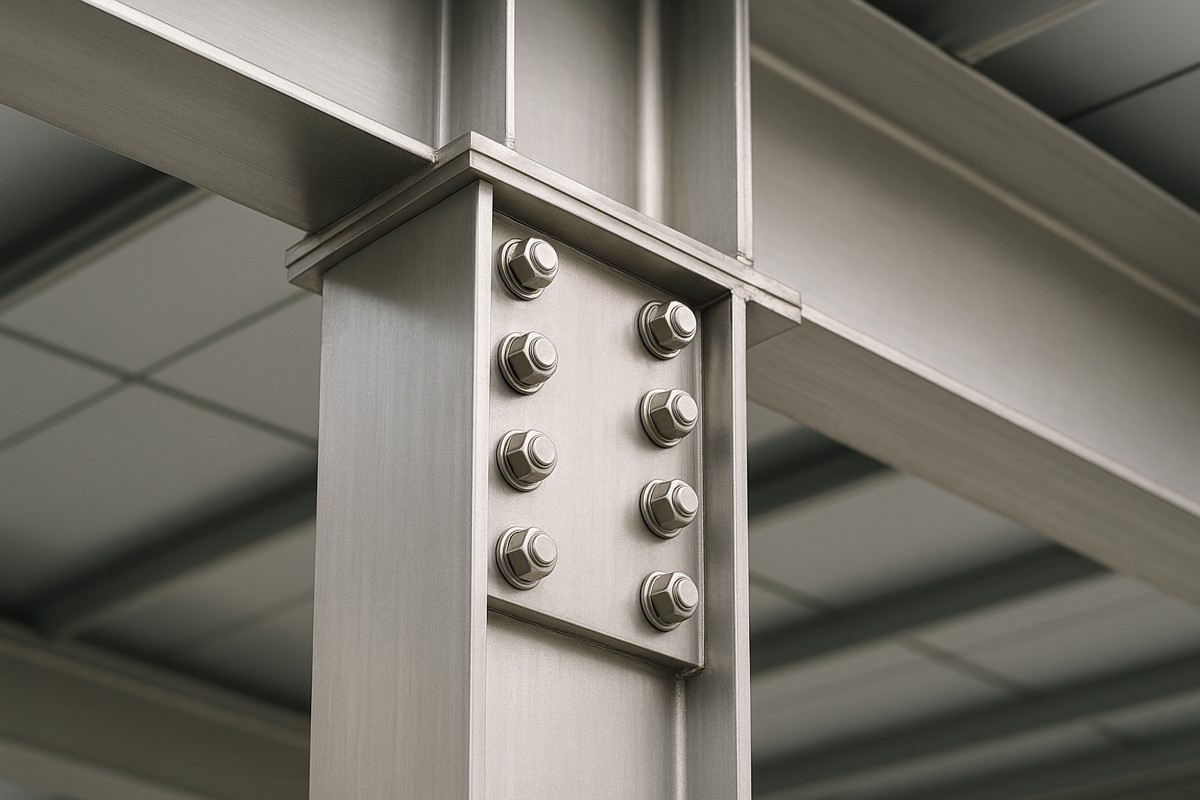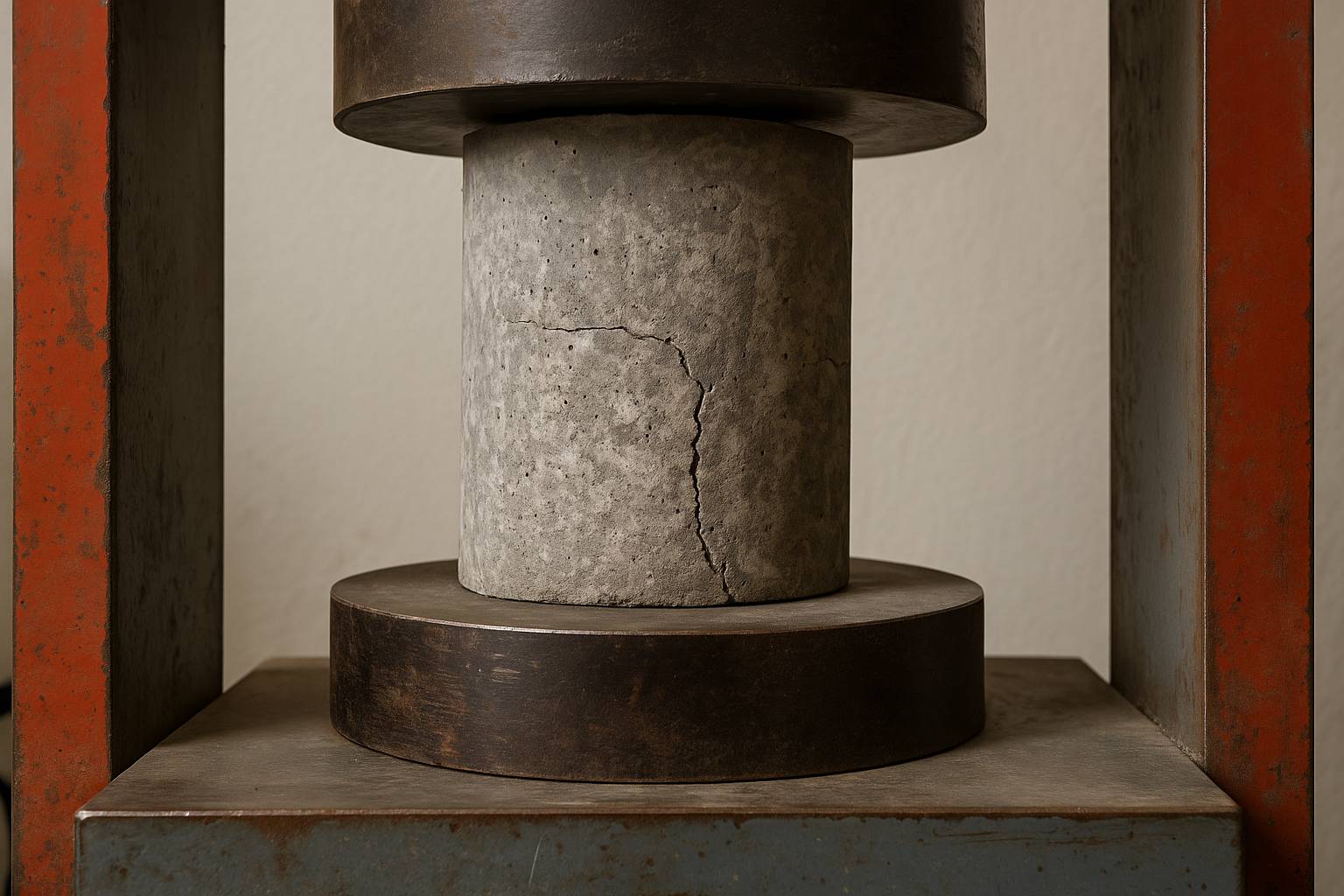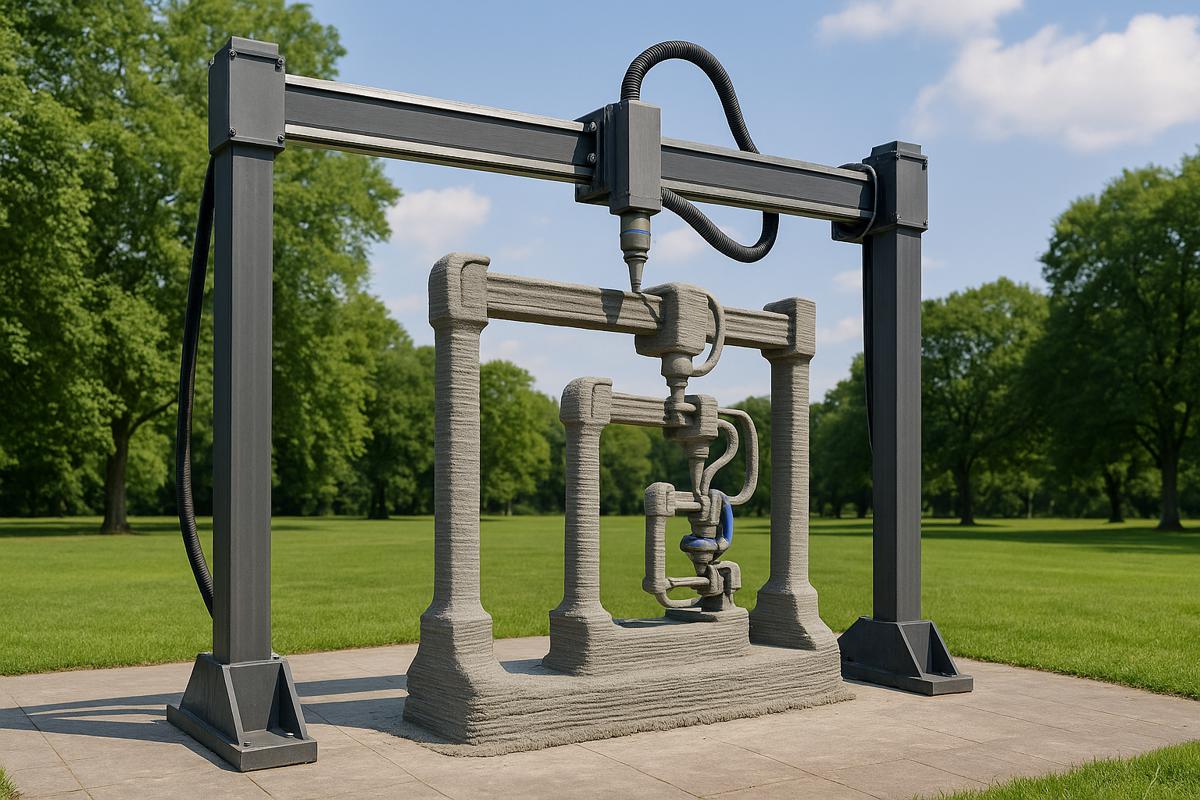3D Printing Tungsten for Nuclear Reactors and Clean Energy
In the race to secure a future powered by clean, reliable energy, nuclear power is a pivotal player. Yet, behind the scenes of this immense potential, researchers are solving complex problems to make nuclear energy safer, more efficient, and more accessible. Enter Sougata Roy, a mechanical engineering expert from Iowa State University, who’s taking 3D printing to an entirely new level.
Through a ground-breaking project funded by a $1 million grant from the U.S. Department of Energy, Roy and his team are exploring the possibilities of additive manufacturing—commonly known as 3D printing—for use in nuclear reactors.
Additive Manufacturing: A Revolution in Nuclear Engineering
The use of additive manufacturing in advanced engineering fields has been gaining momentum, but applying it to nuclear reactor components is a whole new frontier. Roy’s work focuses on one of the toughest materials on Earth: tungsten. Known for its remarkable ability to withstand extreme temperatures and resist erosion, tungsten is a top choice for the inner walls of fusion reactors. However, working with this material is no walk in the park—it’s notoriously hard and brittle, making conventional manufacturing both difficult and costly.
So, what’s the solution? For Roy, the answer lies in 3D printing. Specifically, his team is using a method known as laser powder-blown directed-energy deposition. This technology uses lasers under controlled conditions to fuse tungsten powder layer by layer, building up complex parts that can withstand the punishing conditions inside a nuclear reactor.
A Collaboration of Experts: Building the DREAM-TEAM
What makes this project particularly exciting is the collaborative approach Roy and his team have embraced. Dubbed the “Developing a Robust Ecosystem for Additive Manufacturing of Tungsten for Extreme Applications and Management” (DREAM-TEAM) project, it brings together some of the brightest minds from academia and government labs.
Alongside Roy is Yachao Wang, an assistant professor of mechanical engineering at the University of North Dakota, and researchers from three of the U.S. Department of Energy’s most prestigious labs: Ames National Laboratory, Argonne National Laboratory, and Oak Ridge National Laboratory. Together, they’re diving deep into both the experimental and theoretical aspects of 3D printing tungsten alloys.
“This is a real DREAM-TEAM,” said Roy. “Nothing like this project can be done alone.”
This multi-disciplinary team is not only printing tungsten parts but also creating advanced computational simulations. These simulations are powered by machine learning and artificial intelligence, allowing the researchers to predict how different tungsten-based alloys will behave in the extreme environments of nuclear reactors. This holistic approach—combining physical experiments with cutting-edge computational modelling—sets the project apart.
Why Tungsten?
Tungsten’s unique properties make it an ideal candidate for nuclear reactors. Its high melting point (well over 3,400°C), strength at elevated temperatures, and resistance to neutron irradiation are crucial for withstanding the harsh conditions found inside nuclear fusion reactors. Furthermore, tungsten’s low retention of radioactive tritium is another feather in its cap, making it safer for long-term use.
But, as Roy points out, there’s a catch. Tungsten is difficult to process using traditional methods due to its hardness and brittleness, which adds significant cost to manufacturing. This is where the promise of 3D printing comes into play. By leveraging additive manufacturing, Roy’s team hopes to create tungsten alloys with customised properties, optimised for use in fusion reactors.
In short, they’re not just printing parts; they’re solving one of the key challenges in modern nuclear engineering.
Overcoming Cracking Challenges with New Alloys
One of the biggest hurdles the team faces is cracking. Tungsten tends to crack during traditional manufacturing and even more so when subjected to the stresses of extreme heat. But Roy is undeterred. The team’s strategy involves starting with pure tungsten and gradually developing new tungsten-based alloys specifically designed to resist cracking under such conditions.
“Eventually we’ll develop new alloys to resolve this cracking challenge,” Roy said, pointing out that this isn’t just about producing parts for today’s reactors. It’s about laying the groundwork for future innovations in nuclear technology.
By developing these novel tungsten alloys, the team hopes to overcome one of the key barriers to making nuclear fusion reactors a viable solution for large-scale, clean energy production.
The Role of Nuclear Energy in a Clean Energy Future
Nuclear power already provides around 19% of the electricity in the U.S., according to the U.S. Energy Information Administration, making it the largest source of clean, emission-free energy. Wind power, by comparison, accounts for about 10% of the U.S.’s energy mix. But while wind and solar energy get most of the headlines, nuclear power quietly continues to play a crucial role in reducing the world’s carbon footprint.
Roy is keenly aware of this. “One of the major things that excites me about this project is working with nuclear energy,” he said. “It’s the largest source of clean power in the United States. This emission-free electricity is important for the future.”
With the global push for decarbonisation, nuclear energy is positioned to remain a cornerstone of the clean energy transition, especially if projects like Roy’s can make reactors safer, more efficient, and more economical.
A Multi-Million Dollar Effort to Build Research Capabilities
The grant that Roy’s team received is part of a larger $36 million initiative by the U.S. Department of Energy’s Established Program to Stimulate Competitive Research (EPSCoR). This program is designed to build energy-related research capabilities across the United States, fostering collaborations between universities and national labs.
EPSCoR’s broader goal is to develop innovative solutions to the country’s energy challenges, and the additive manufacturing of tungsten parts for nuclear reactors is just one piece of that puzzle. By investing in projects like this one, the Department of Energy is not only advancing clean energy technologies but also helping to build the research infrastructure necessary to maintain the U.S.’s leadership in science and engineering.
A Brighter Future for Nuclear Energy
As Roy and his team continue their work, the potential benefits of their research are far-reaching. By harnessing the power of additive manufacturing, they aim to reduce costs, improve safety, and increase the efficiency of nuclear reactors—key factors that will help make nuclear power a more attractive option in the fight against climate change.
This project is a prime example of how innovative engineering can solve real-world challenges. The integration of 3D printing, advanced materials science, and computational simulations offers a glimpse into the future of nuclear energy, where cutting-edge technology meets the urgent need for clean, reliable power.
With a DREAM-TEAM of experts on the case, the future of nuclear energy looks brighter than ever.
